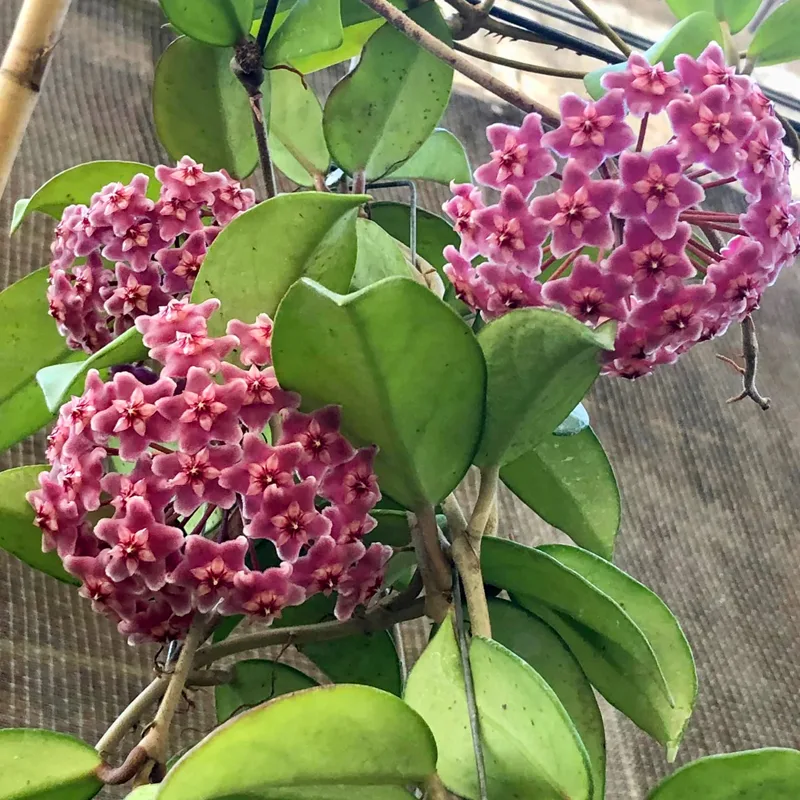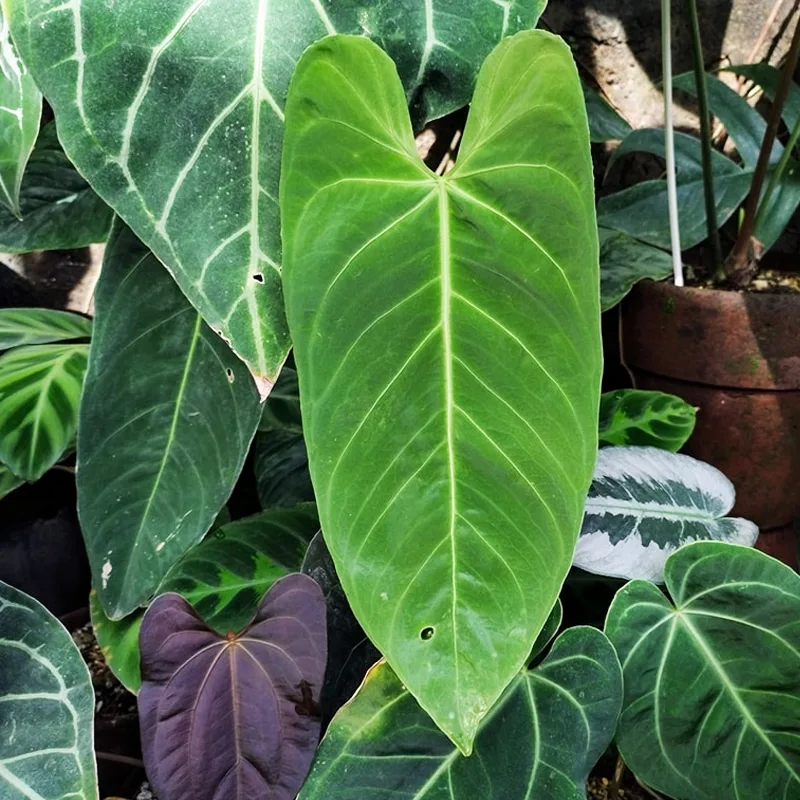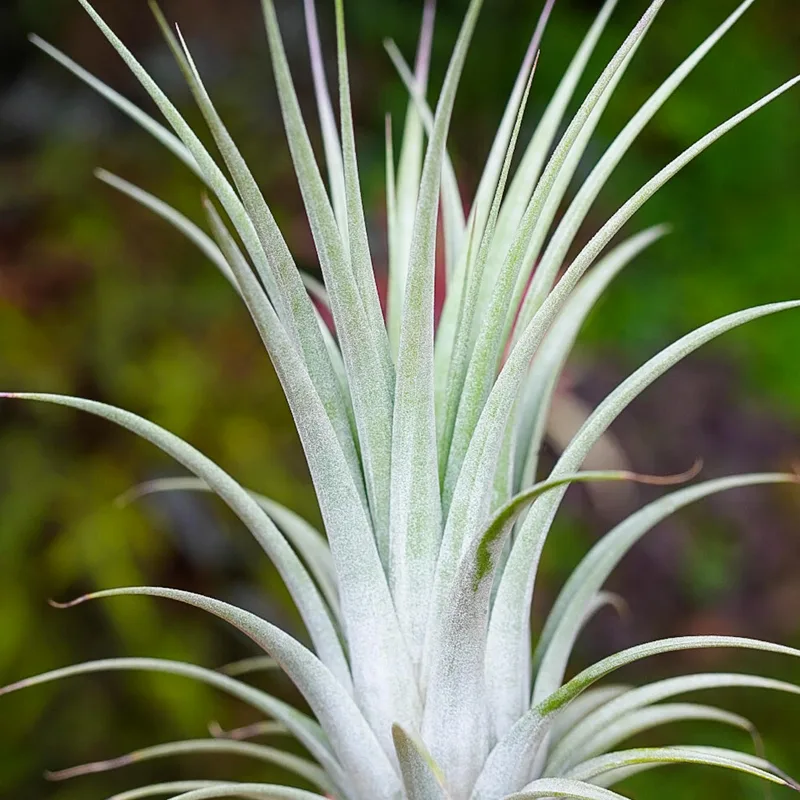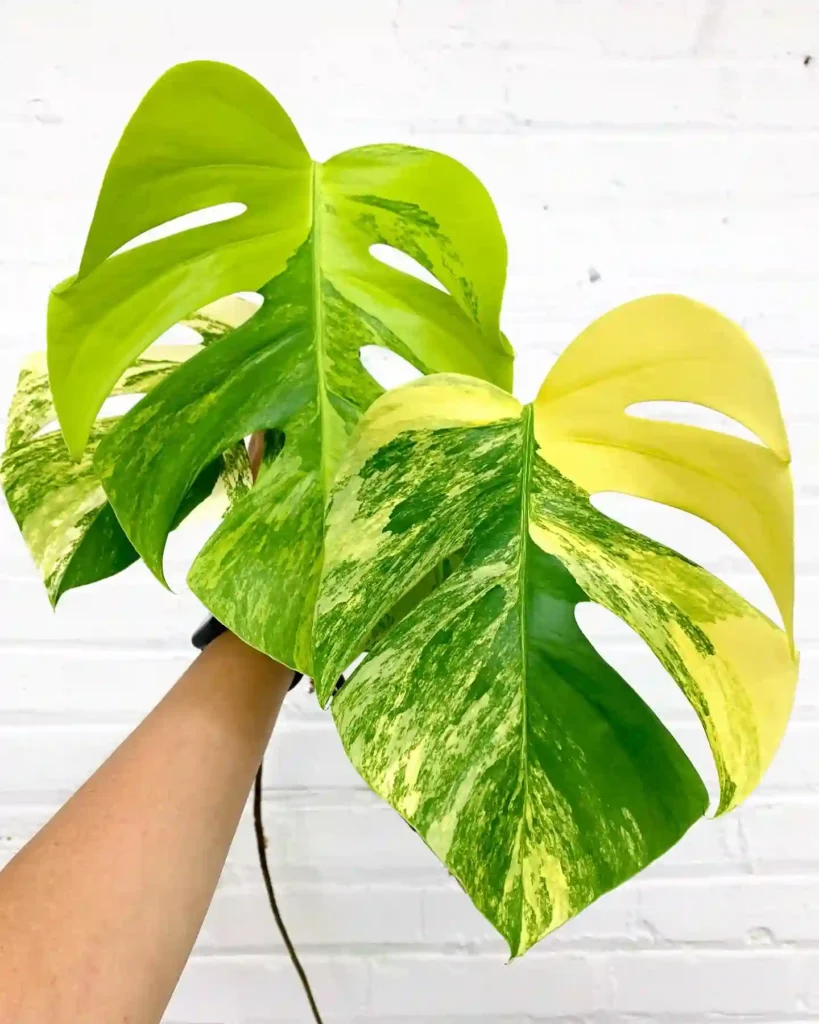Lythrum: A Personal Exploration of a Vibrant Genus
I’ve always been drawn to the vibrant hues and delicate structures of wildflowers. There’s a certain resilience about them, a quiet strength that allows them to thrive in diverse environments. Among my favorites is the genus Lythrum, commonly known as loosestrife. These flowering plants, with their vibrant spikes of purple, pink, and white blossoms, have captivated me with their beauty and adaptability.
Understanding the Lythrum Genus
Lythrum belongs to the family Lythraceae and comprises approximately 40 species. These plants are typically herbaceous annuals or perennials, characterized by their square stems, narrow leaves, and those striking star-shaped flowers. They are native to temperate regions across the globe, gracing wetlands, meadows, and roadsides with their colorful presence.
One of the most fascinating aspects of Lythrum is its ecological role. These plants are valuable sources of nectar and pollen, attracting a diverse array of pollinators, including bees, butterflies, and moths. This, in turn, contributes to the health and biodiversity of the ecosystems they inhabit.
Notable Lythrum Species
The Lythrum genus boasts a diverse range of species, each with its own unique characteristics and distribution. Here are:
- Lythrum acutangulum Lag.
- Lythrum alatum Pursh
- Lythrum album Kunth
- Lythrum americanum Mill.
- Lythrum anatolicum Leblebici & Seçmen
- Lythrum baeticum Gonz.Albo
- Lythrum borysthenicum (M.Bieb. ex Schrank) Litv.
- Lythrum bryantii Brandegee
- Lythrum californicum Torr. & A.Gray
- Lythrum curtissii Fernald
- Lythrum flagellare Shuttlew. ex Chapm.
- Lythrum flexuosum Lag.
- Lythrum gracile Benth.
- Lythrum hyrcanicum (Sosn.) ined.
- Lythrum hyssopifolia L.
- Lythrum intermedium Fisch. ex Colla
- Lythrum junceum Banks & Sol.
- Lythrum komarovii Murav.
- Lythrum lineare L.
- Lythrum linifolium Kar. & Kir.
- Lythrum lydiae Sytin
- Lythrum maritimum Kunth
- Lythrum nanum Kar. & Kir.
- Lythrum netofa Vered, Mazar & Gazaix
- Lythrum nieuwlandii A.R.Franck & C.Werner
- Lythrum ovalifolium (A.Gray) Shuttlew. ex Koehne
- Lythrum paradoxum Koehne
- Lythrum portula (L.) D.A.Webb
- Lythrum rotundifolium Hochst. ex A.Rich.
- Lythrum salicaria L.
- Lythrum schelkovnikovii Sosn.
- Lythrum silenoides Boiss. & Noë
- Lythrum theodori Sosn.
- Lythrum thesioides M.Bieb.
- Lythrum thymifolia L.
- Lythrum tribracteatum Salzm. ex Spreng.
- Lythrum virgatum L.
- Lythrum volgense D.A.Webb
- Lythrum vulneraria Aiton ex Schrank
- Lythrum wilsonii Hewson
My Personal Connection with Lythrum
My fascination with Lythrum stems from a childhood memory. I recall spending countless hours exploring the fields and wetlands near my home, captivated by the vibrant purple loosestrife that lined the water’s edge. The sight of those tall, majestic plants swaying in the breeze, their flowers buzzing with pollinators, left an indelible mark on me.
As I grew older, my appreciation for Lythrum deepened. I began to learn more about their ecological importance, their role in supporting pollinators, and their ability to thrive in diverse environments. I also became aware of the challenges posed by invasive species like purple loosestrife and the importance of responsible planting.
Today, I continue to be drawn to Lythrum for its beauty, resilience, and ecological significance. Whether I’m admiring a wild patch of purple loosestrife or cultivating a native species in my garden, these plants serve as a constant reminder of the interconnectedness of nature and the importance of preserving biodiversity.
The Importance of Responsible Planting
While I admire the beauty of all Lythrum species, I am also mindful of the potential impact of invasive species like purple loosestrife. It’s crucial to be aware of the potential for invasiveness and to choose native or non-invasive alternatives whenever possible. By making informed choices, we can help protect our native ecosystems and ensure the continued health of our planet.
In my own garden, I have opted to cultivate native Lythrum species, such as winged loosestrife. These plants not only provide beauty and color but also support local pollinators and contribute to the overall health of my garden ecosystem.
Looking Ahead
My journey with Lythrum is an ongoing one. I continue to learn more about these fascinating plants, their diversity, and their ecological roles. I am also committed to promoting responsible planting practices and raising awareness about the importance of preserving biodiversity.
I believe that by appreciating and understanding the natural world, we can foster a deeper connection with our planet and work towards a more sustainable future. Lythrum, with its beauty, resilience, and ecological significance, serves as a constant source of inspiration in this endeavor.
If i die, water my plants!



